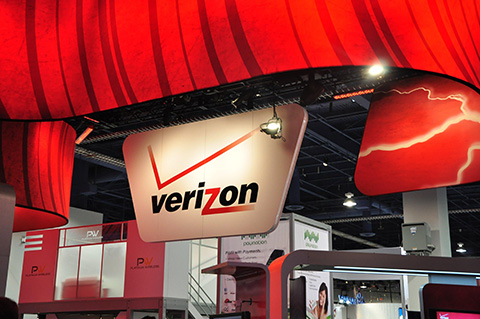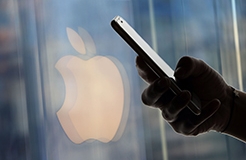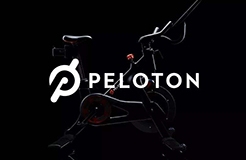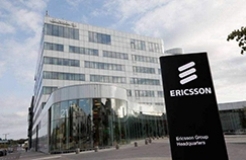Did not receive verification mail? Please confirm whether the mailbox is correct or not Re send mail

Vapor
- 2020-12-23 10:12:29
Verizon Sued for Patent Infringement for Supporting Navigation Systems

Traxcell Technologies, LLC filed a complaint Monday in the Western District of Texas against Verizon Wireless Personal Communications LP for patent infringement, alleging that Verizon has infringed the patents-in-suit through supporting Apple Maps, Verizon Navigator, Google Maps, or other location-based services that utilize the Verizon network.
The plaintiff claimed that Verizon “makes, uses, offers
to sell, and/or sells … wireless networks, wireless-network components,
and related services that use identified locations of wireless devices
to provide directional assistance such that Defendant infringes” the
patents-in-suit.
The patents-in-suit are U.S. Patent Nos.
9,918,196 (the ’196 patent); 10,390,175 (the ’175 patent); 10,701,517
(the ’517 patent); 10,743,135 (the ’135 patent); and 10,820,147 (the
’147 patent).
The ’196 patent, entitled “Internet queried
directional navigation system with mobile and fixed originating location
determination,” describes “(a) mobile wireless network and a method of
operation provid(ing) directional assistance in response to an Internet
query. The directional assistance is provided from a location of the
querying device to a destination that may be selectively prompted based
on whether the destination is a nearby business, a type of business, a
street address, or another mobile device or fixed telephone location.
The location of the querying device is also selectively determined
depending on whether the querying device is a wireless device such as a
mobile telephone, or whether the device has presumed fixed location,
such as an ordinary telephone connected to a public-switched telephone
network (PSTN).”
According to the complaint, Verizon has
infringed at least claim 1 of the ’196 patent, which states “(a) method
of providing navigation assistance to a user of a communications device,
the method comprising: receiving by a directional assistance service,
an Internet query initiated at the communications device and directed
via the Internet to initiate a request for navigational assistance to a
destination.”
The complaint said Verizon allegedly infringed this
patent because, for example, its wireless network “supports the Apple
Maps online navigation service.” Specifically, the Accused System
purportedly provides navigation assistance to a user’s device because it
provides directions or navigation to a user’s device via Apple Maps,
which was used for the initial query, and it receives the directions for
traveling. The plaintiff noted that Apple Maps and other online
navigation systems are examples of an “off-board navigation system.”
Moreover, Verizon allegedly infringed the ’196 patent through the
process in which a navigation query is initiated and directions are
obtained from the start location to the destination location, which is
put through the Internet and, according to Traxcell, “facilitated by
Verizon’s wireless telecommunications network.”
Furthermore, the
Accused System can identify the inquiring device and can therefore
determine if said device is a mobile wireless communications device. The
plaintiff contended that if said mobile wireless communications device
is a Verizon wireless telecommunications network service subscriber,
“which uses Verizon’s Mobile Hotspot for connecting to the Internet and
includes the Apple Maps app or a browser plugin enabling access to the
Apple Maps website,” it falls under the patented claim. Additionally,
the plaintiff stated that Verizon’s network is used to communicate the
query and directions.
Verizon is accused of direct, indirect,
contributory, and induced infringement. The plaintiff has sought
declaratory judgment in its favor, an award for damages, an award for
costs and fees, a decree addressing future infringement, and other
relief.
Traxcell Technologies is represented by Ramey & Schwaller LLP.
Source:lawstreetmedia.com
Editor:IPRdaily-Vapor
- I also said the two sentence
- Also you can enter 140words






